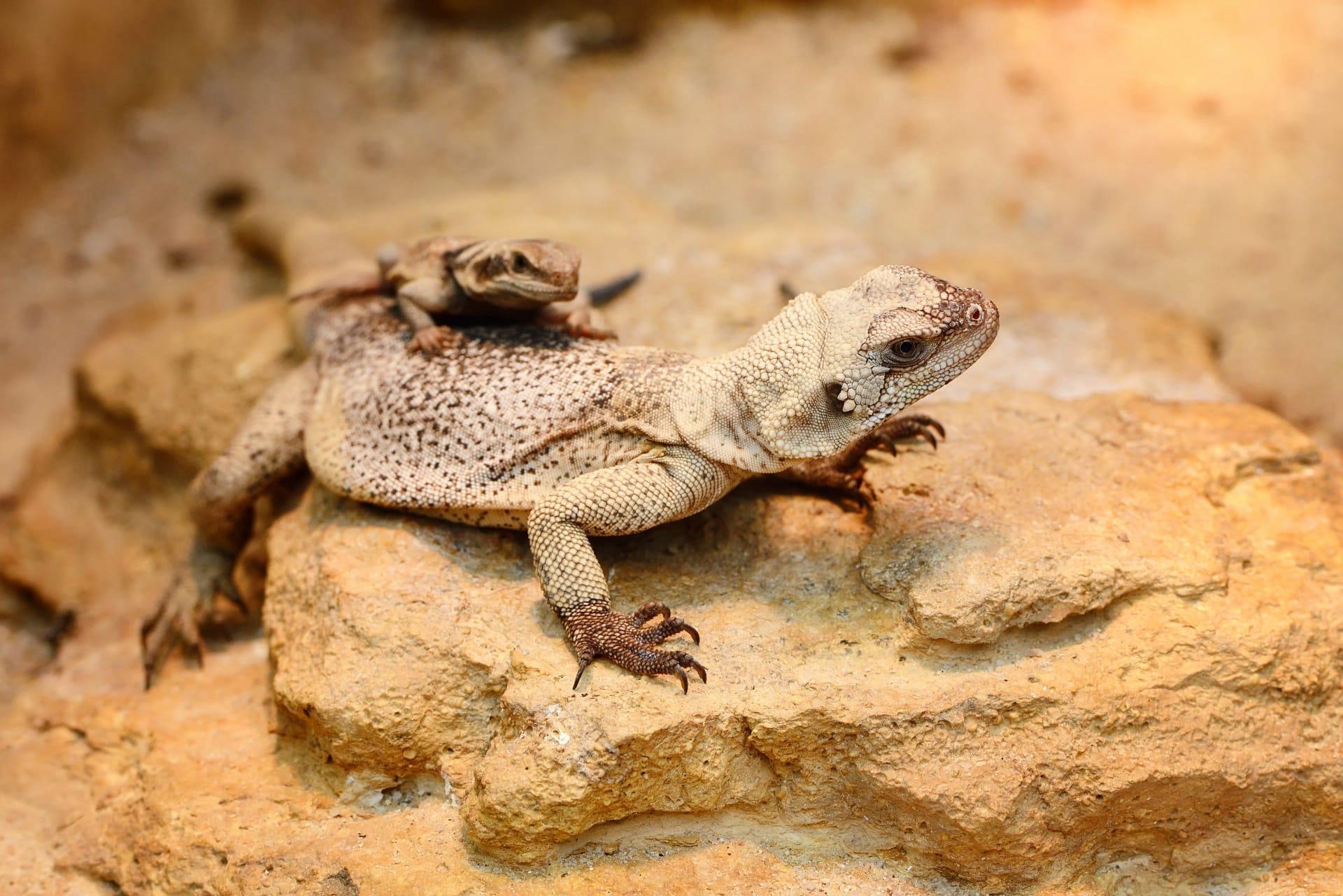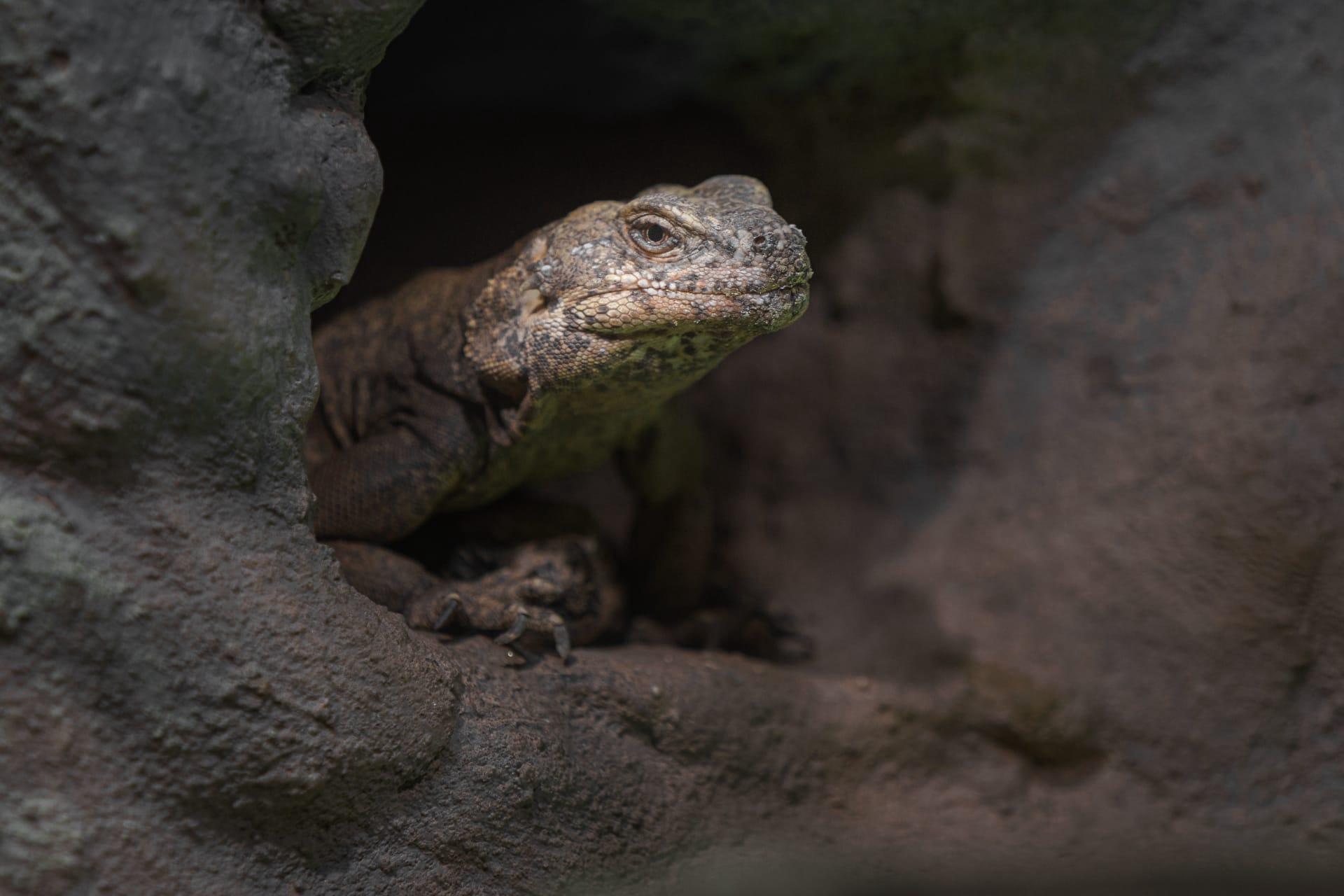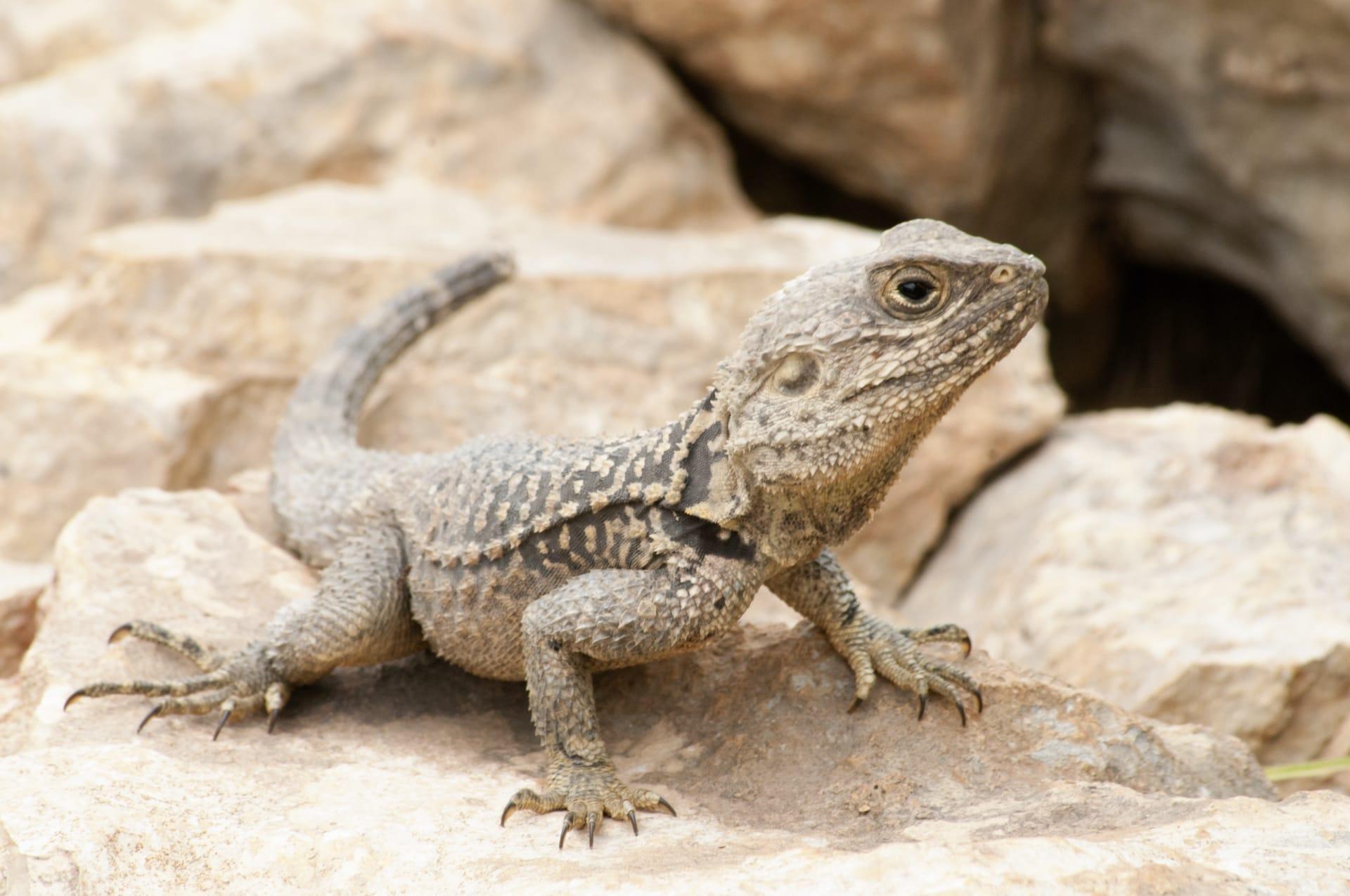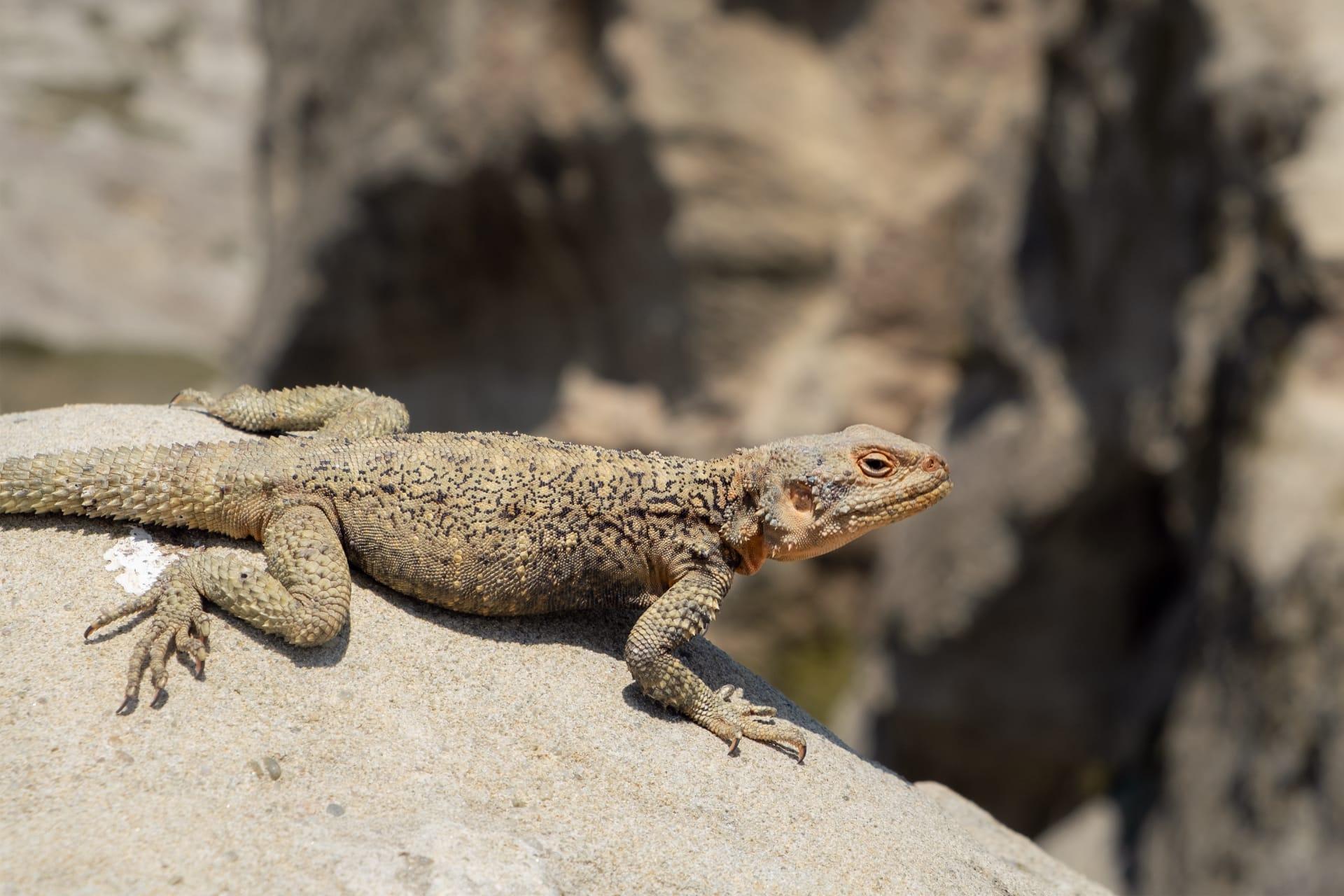American Chuckwalla Characteristics
- Home /
- Mini Encyclopedia /
- Animal /
- American Chuckwalla Characteristics
1
The American Chuckwalla, a fascinating creature native to the deserts of the United States, boasts a robust and distinctive physique. Adult chuckwallas typically measure between 15 to 20 inches in length, with males generally larger than females. They are hefty lizards, with mature individuals weighing around 1 to 2 kilograms. The lifespan of these reptiles is impressive, often living up to 25 years in the wild, and potentially longer in captivity, evidencing their hardy nature.
One of the most intriguing organs of the American Chuckwalla is its loose, baggy skin, particularly noticeable when the lizard inflates its body. This unique feature serves as a defense mechanism. When threatened, a chuckwalla wedges itself into narrow rock crevices and inflates its body by taking in air. This inflation causes the loose skin to expand and harden, making it difficult for predators to extract the chuckwalla from its refuge.

2
Question: What do American Chuckwallas eat and how does their diet influence their habitat preference?
Answer: American Chuckwallas are primarily herbivorous, feeding mainly on leaves, fruits, and flowers of desert plants. This diet has a significant influence on their habitat preference, as they are often found in arid environments with an abundance of such vegetation. These lizards are particularly fond of the yellow flowers of the creosote bush, a common plant in their desert habitat. Their diet also includes occasional insects, which provide essential proteins. Their preference for plant-based food sources explains their presence in rocky desert areas with sufficient vegetation.

3
American Chuckwallas display distinctive locomotive characteristics that reflect their adaptation to desert life. They are not particularly fast runners, but their strong, sturdy limbs allow for efficient climbing and maneuvering among rocky terrains. Their ability to climb steep rock surfaces and boulders is key to escaping predators and finding food.
In terms of hunting behavior, American Chuckwallas exhibit a sit-and-wait strategy. They are not active hunters; instead, they rely on their excellent camouflage and patience. When a potential prey, like an insect, comes within reach, the chuckwalla quickly captures it with a swift strike. Their diet, however, is primarily herbivorous, so hunting plays a minor role in their feeding habits.

4
The American Chuckwalla thrives in arid environments, predominantly found in desert regions across southwestern United States and northern Mexico. These habitats are characterized by hot, dry conditions with sparse vegetation. Chuckwallas are particularly adept at surviving in these harsh environments, often seeking shelter in rock crevices to avoid extreme temperatures and predators.
Reproduction in American Chuckwallas is an intriguing aspect of their biology. Mating typically occurs in the early summer, following a display of territorial dominance by males. Females lay between 5 to 16 eggs in burrows or under rocks, which hatch after approximately 70 days. The hatchlings are independent from birth, equipped to navigate their challenging desert habitat from a young age.

5
Book: "Desert Giants: The Natural History of the Chuckwalla and Other Desert Iguanas" by Daniel D. Beck. This book, written by a renowned herpetologist, provides a comprehensive view of chuckwallas and their relatives. It delves into their behavior, ecology, and physiology, offering insights into how these reptiles have adapted to survive in harsh desert environments. Published in the United States, this book is a valuable resource for understanding the complexities of desert iguana life.
Book: "Reptiles of the American Southwest" by Lawrence M. Jones and Robert E. Lovich. This book, encompassing a wider scope, details the diverse reptile species found in the American Southwest, including the American Chuckwalla. It offers an in-depth look at the species' habitat, diet, and behavior, alongside captivating photographs. The authors, both experts in herpetology, present a thorough and engaging exploration of these fascinating creatures and their role in the ecosystem.